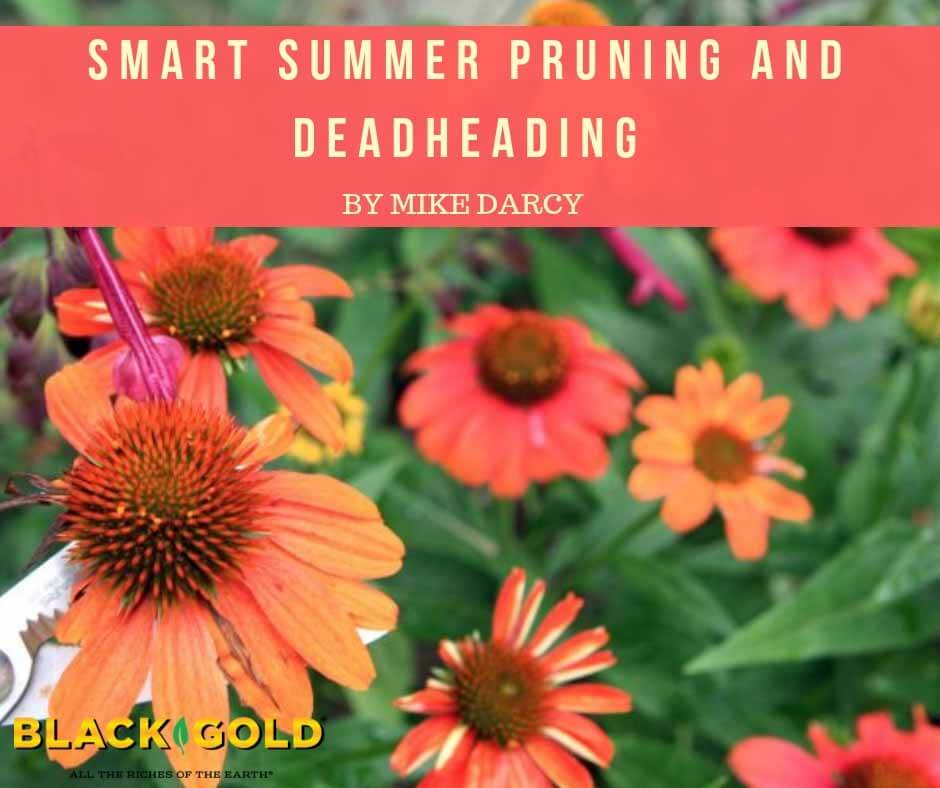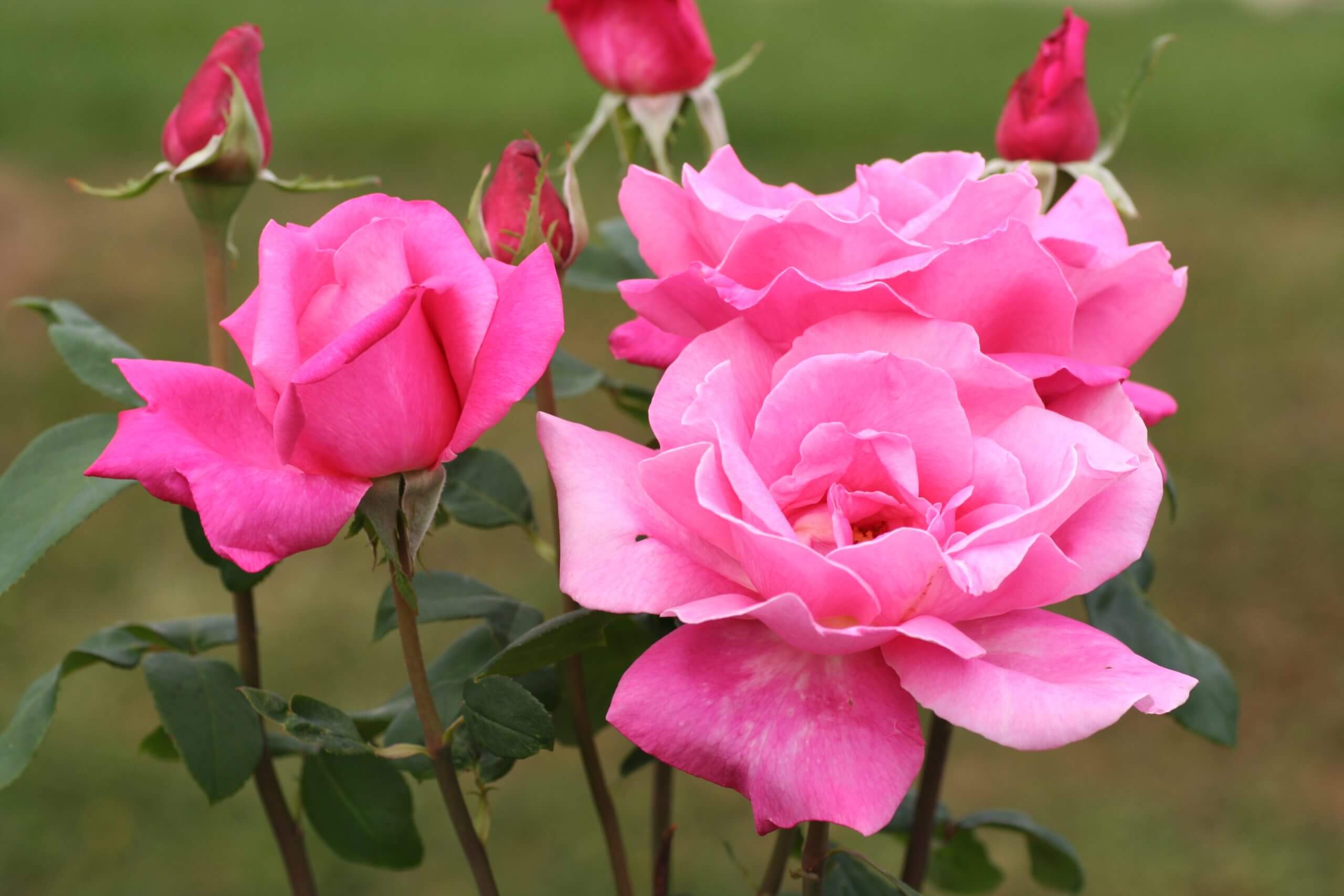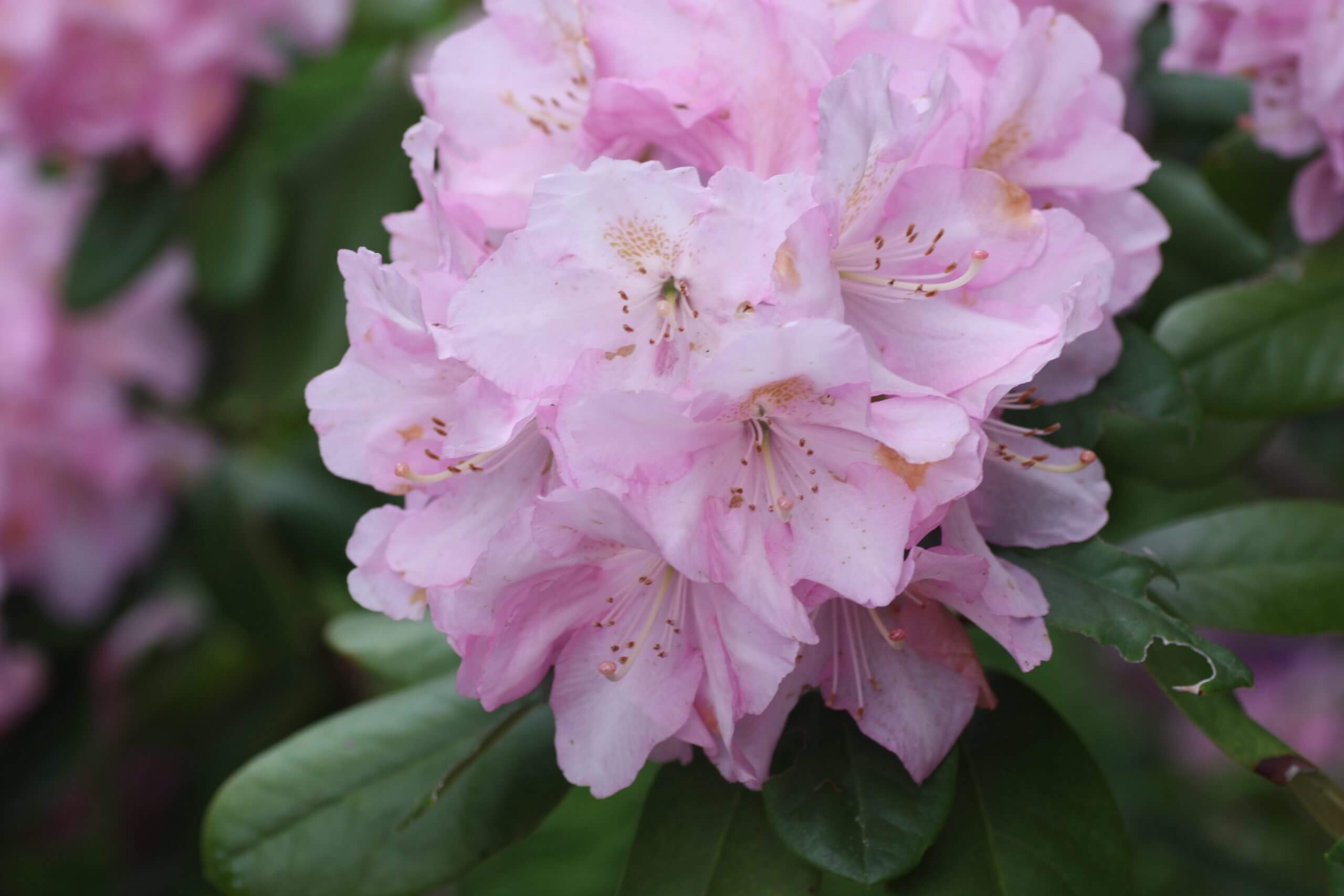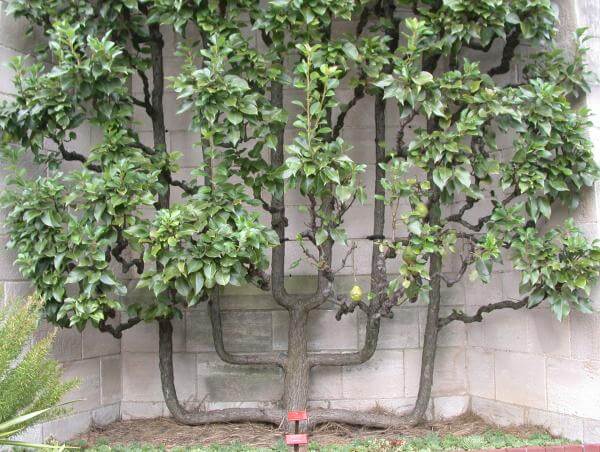
Summer is not the time of year when most gardeners prune, but there are some definite advantages to summer pruning. It is easier to identify damaged or ill branches when a tree is in full leaf. When a tree is in full leaf it is also easier to identify branches that can be removed to provide better air circulation. A reminder: if you are going to do summer pruning on fruit trees, do it after the fruit has set.
Summer Pruning

For those gardeners that have espaliered fruit trees, constant summer pruning is a necessity. With the tree sending out new branches, it is important not to let these grow too long but to keep them trimmed so the tree is kept properly trained and maintained. For gardeners that would like to be able to grow their own fruit trees, but have limited space, growing espaliered trees is an excellent option to consider.
There is confusion among gardeners as to when and how to prune hydrangeas. Some hydrangeas bloom on 2nd-year wood, so if a plant is severely pruned one season, it may take a full year for it to come into bloom again. There are other Hydrangeas, ‘Limelight’ is a good example, that bloom on new growth. This means it can be pruned at almost any time and still produce flowers. Check with your local garden center to learn the best time to prune your hydrangeas and still get flowers.
Check with gardening neighbors and garden experts to get additional tips on pruning. Find a neighbor that likes to garden and soak up some information. One of the best things about gardening is that most gardeners are very friendly, helpful, and like to share information.
growth buds that reside on either side of it.
Deadheading

“Deadheading” means is removing the old flower stems to make way for new. The word is used frequently with regard to rhododendrons and azaleas and refers to snapping or cutting off the area where the old flower was attached to the stem. With most rhododendrons and azaleas, this area is usually very visible which makes removal easy. Often, this is done for visual purposes because dried up flowers are not very attractive. Removing the flowers is also a way to prevent the plant from forming seed. When a plant forms seeds, it takes away nourishment that could be used for new growth. Be careful when removing the seed head because new growth buds reside on either side of it and should not be removed. These new buds will produce the new growth for the summer and this growth will then develop flower buds for next years’ bloom.DRoses are another plant that responds well to having the flower stems removed after the flowers are gone. This will encourage the plant to produce new stems and new flowers. Stem removal can also be seen as a way to perform some selective summer pruning and will help ‘open’ the bush up to allow for good air circulation. Just be sure to sanitize your pruners between plants to protect against any potential spread of disease.
Winter is not pruning season for all plants, even though most gardeners traditionally prune in the cold season. Sometimes what is traditional, is simply that, ‘traditional’ and may have no actual factual basis.


